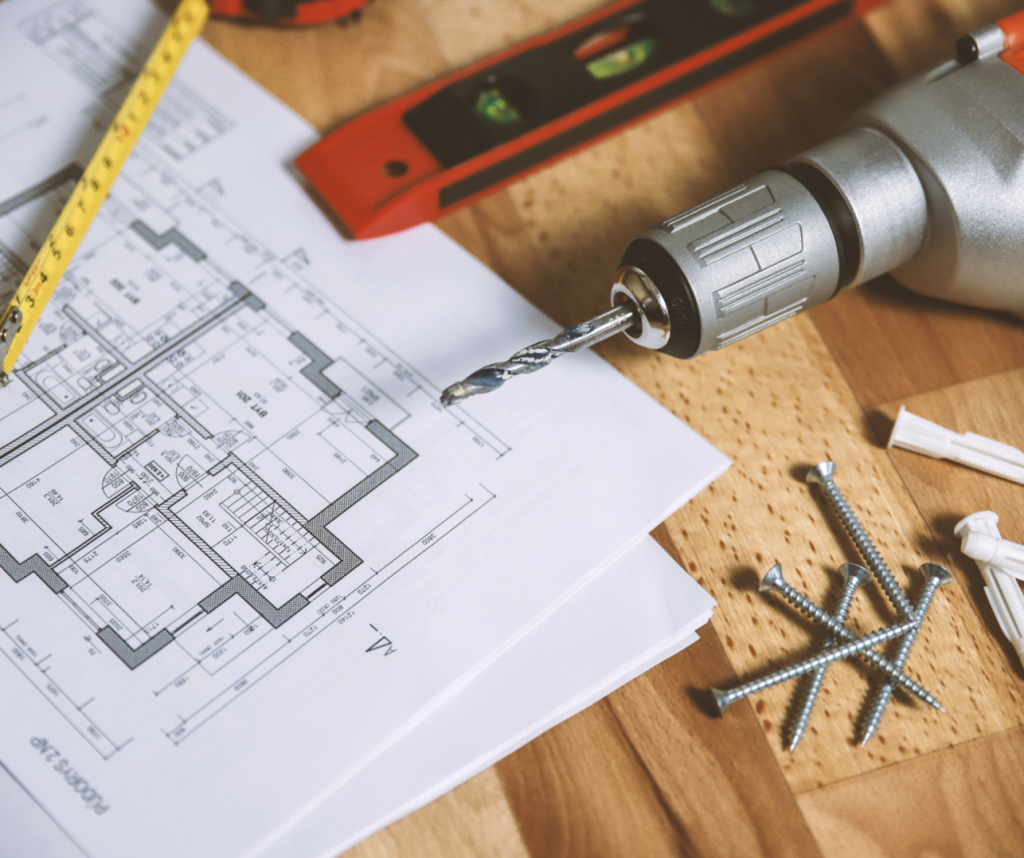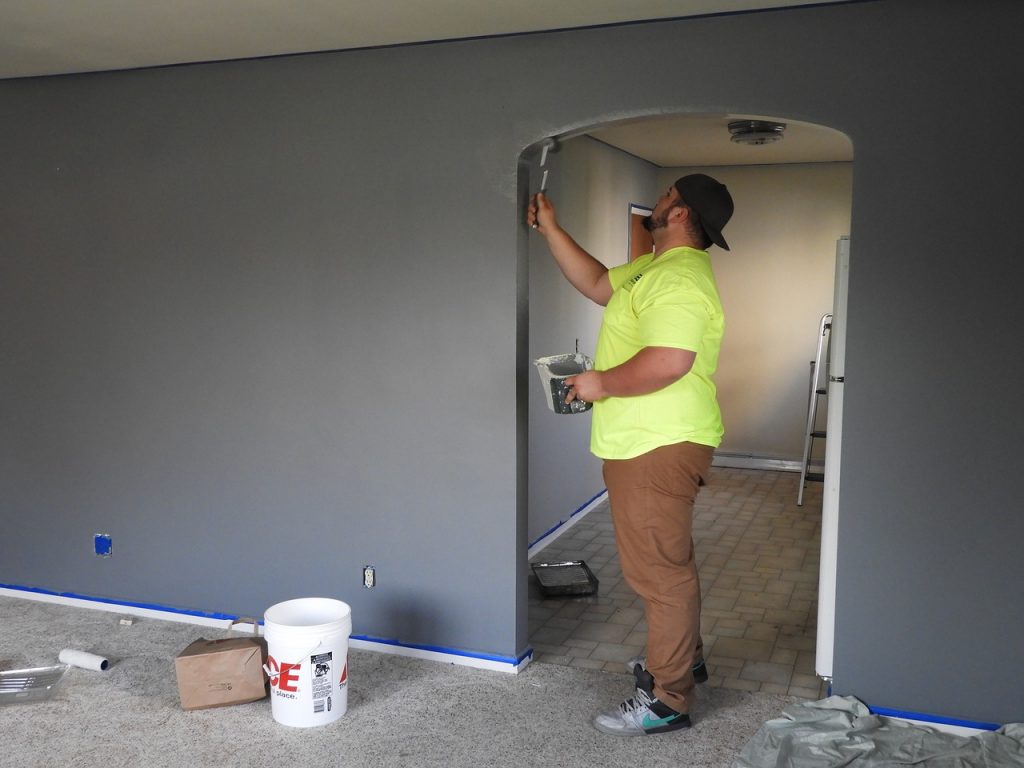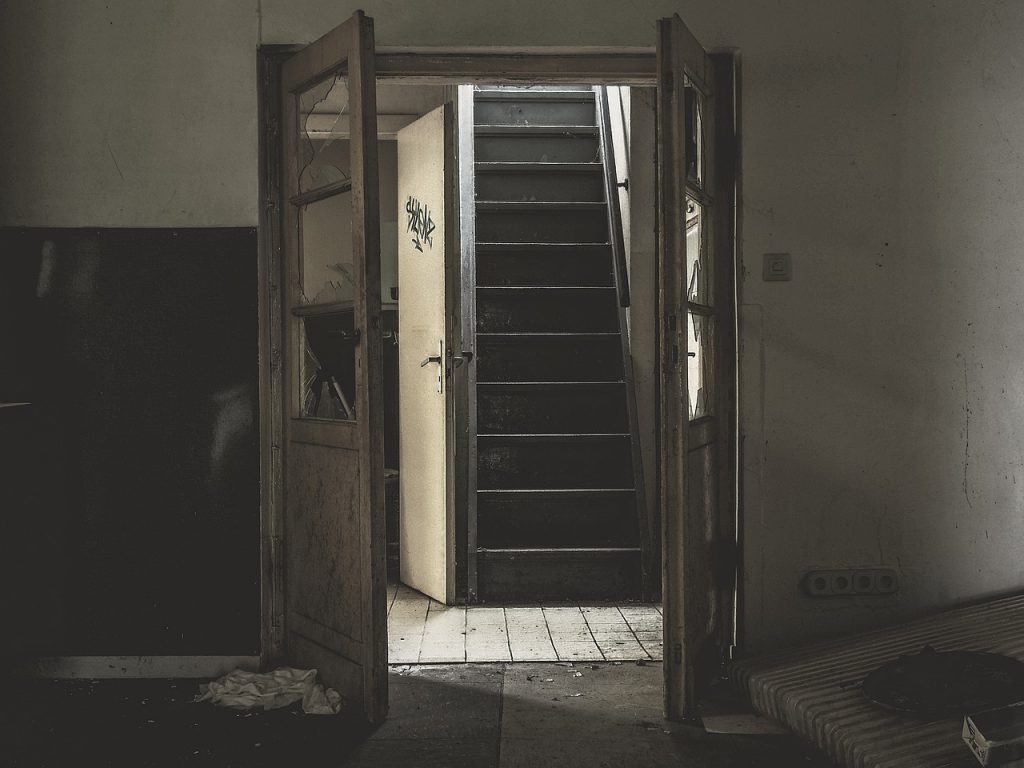Governing Rules and Procedures On New Home Planning Policies
The planning bill was introduced on May 11th 2021. The bill presents many key pieces of information such as detailed overviews of local areas to effectively provide more clarification on the design of specific developments permitted in different places. The main purpose of the new home planning policies was to considerably reduce the time that is currently needed for housing developments to gain permission from the planning system. It was recognised that the existing systems were too expensive. The new bill would follow a much more predictable and transparent nature, helping to replace existing procedures with new home planning policies and affordable infrastructure. Not to mention that the overall framework was set to be rewritten, so that local cooperation’s could be more involved in ensuring that different areas had access to particular delivery vehicles in order to support the growth and renovation of the local area. Many of us have been awaiting the planning reform publication from the UK government. The details were supposed to be released during this spring, but research illustrates that this information has now been dropped due to circumstances which has not yet been confirmed. Homeowners, tradespeople and renovation companies alike were awaiting the highly anticipated planning reforms. Now the government bill has been scrapped, arguably many pieces of key information have been left unclear. It is reported that the government will now deliver their proposal on new home planning policies as part of the Levelling Up and Regeneration Bill towards the end of spring while they level of the legislation of this year. It was originally decided that the planning reforms announced two years ago would immediately change requirements of the applications for planning permissions. However, due to unexpected, controversial developments a new planning bill was announced. What’s The Latest With New Home Planning Reforms? It has been widely documented that some of the proposed new home planning reforms were criticized; this new planning bill was set to amend previous mistakes and fix those issues. One of the controversial plans brought forward to ultimately disrupt the previous planning reform proposal, was a traffic light system of zone planning. This would have provided the communities involved with growth, a complete transformation or fixed protection. This wasn’t followed through as MP’s feared this may stop communities from having any power over restricting the housing development within their area. This could have not only affected the living standards within the area, but most importantly the happiness of the residents within the area. Another proposal which was condemned was a new introduced target of building 300,000 homes a year. What’s Next? Now that the New Home Planning Bill was reportedly dropped, many are still awaiting a response to their concerns regarding the new home planning policies. However, the responses will most likely be addressed announced during a planning update in the spring. Despite the planning bill being dropped, this update is set to provide detail on the new home planning policies and procedures to effectively create contemporary and purposeful planning systems which will really make a difference and provide support on helping the country to achieve beautiful, environmentally friendly developments. Which New Home Planning Policies Could Still Be Announced? It is unclear which new home planning re-forms will definitely be considered now that the planning bill is no longer going ahead. The next update could provide some clarification, potentially presented information on the following requests: A Digital Planning System: This is self-explanatory. Designed to efficiently speed up processes and result in residents being more involved and updated with their planning application. This solution has been suggested, due to the 3% of local people who do not currently engage with their applications. Abolishing Section 106: This is a simple change involving the agreement between an application for new home planning permission and the local planning authority. This will be set nationally rather than locally with the intention of allowing local residents to have more control over the local area. Brownfield Site Investments: The government is also set to invest in urban landscape transformations. This will mean that new homes are put on neglected brown field sites. It’s also important to remember that many of the government grants for home improvements have been abolished. However, there are many grants for windows and doors available from home renovation companies. Particular housing issues are set to be addressed in the substitute spring planning update in spring. However, the delays to the planning new home planning policies will expectedly create uproar and confusion among those who wish to start new developments to improve their homes and lifestyles.
Governing Rules and Procedures On New Home Planning Policies Read More »





